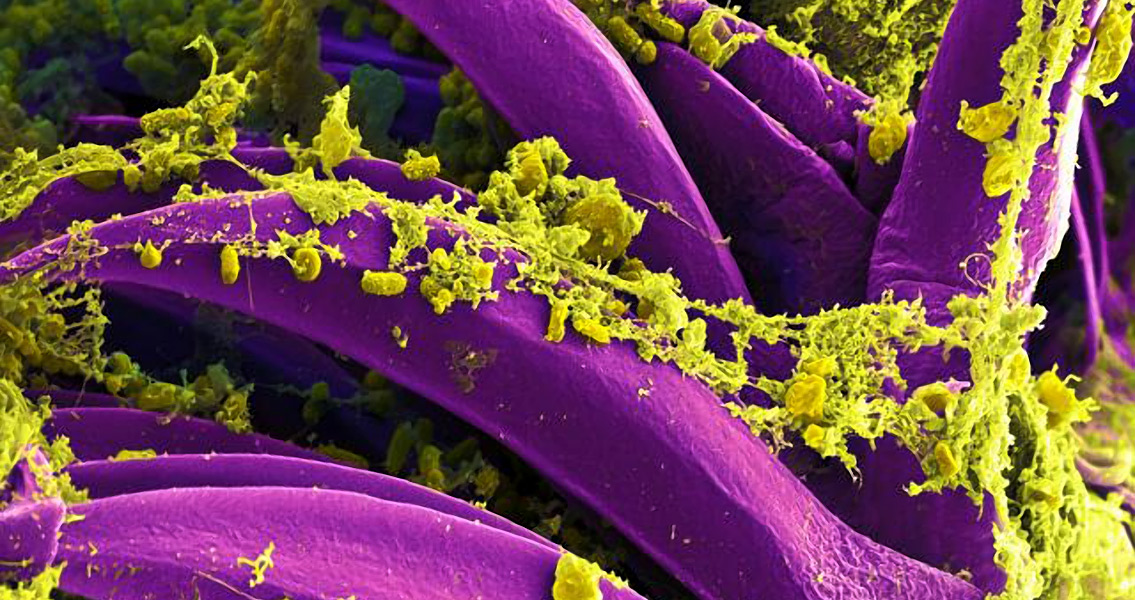<![CDATA[A 20-million-year-old flea fossil with bacterial mass attached to it has given rise to the suggestion that the plague may be older than humans, one Oregon State University entomologist reports. George Poinar Jr., one of the most prominent experts on flora and fauna preserved in amber, says the shape of the bacteria found in the flea and their location is very similar to the shape and locations in fleas where modern-day plague bacilli are found. The prehistoric flea, which was found in an amber mine in what is now the Dominican Republic, is rare enough as it is, because there are very few ancient flea specimens found preserved in the semi-precious stone, Heritage Daily notes, citing Poinar. What makes the find unique, however, is the presence of bacterial mass: some in a dry droplet of what was probably blood in the insect’s proboscis, and some in its rectum. The bacteria in the mass are in both rod and spherical shape, something characteristic of the modern forms of Yersinia pestis, the coccobacillus that causes plague. It is the only pathogenic bacterial microorganism with these shapes that modern fleas transmit, Poinar adds. The other factor that led him to suggest that the bacteria belong to a very ancient strain of the plague is the location of the masses. When a flea feeds on an animal that has the plague, the bacteria usually form a sticky mass between the flea’s esophagus and its stomach, in what is called the proventriculus. This makes feeding difficult and when the insect later tries to feed from an animal, some of the mass is regurgitated and gets into the fresh wound, infecting the new animal. In addition, plague-causing bacteria are commonly found in the rectum of modern-day fleas. Judging by the fact that the dried droplet was still attached to the proboscis of the flea, Poinar went on to explain it is likely that the flea got trapped in tree resin shortly after it had fed on an infected animal. The animal itself was probably a rodent, since there has been evidence of rodent hair at the amber mines in the Dominican Republic which millions of years ago used to be a tropical forest. Poinar admits that it is impossible to confirm beyond any doubt that the bacteria are plague bacilli but their presence in the flea do hint that maybe plague-causing microorganisms evolved millions of years ago and affected rodents, at the very least. On a more general level, the author of the study notes, insects as disease vectors (carriers) may have had a role to play in the extinction of some animal species, possibly including dinosaurs. This would support Poinar’s thesis that the emergence of insects towards the end of the dinosaur era was not coincidental and that this class of fauna may have contributed to the extinction of the giant reptiles. This goes counter to modern genomic theory that claims the plague emerged between 10,000 and 20,000 years ago. The plague, although it has been wiped out in most of the world, is still endemic in some regions, including the United States. It is treatable with antibiotics but can still be fatal. In the Middle Ages, however, the disease is estimated to have killed between 75 and 200 million people in total, changing the course of history.]]>
Plague May Be Older Than Mankind
